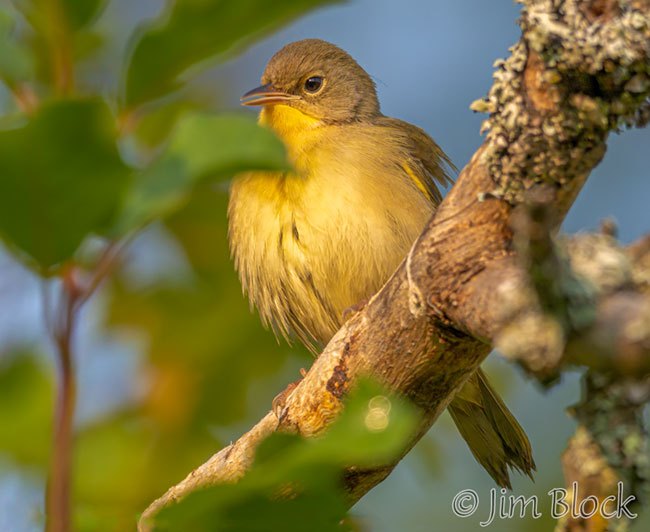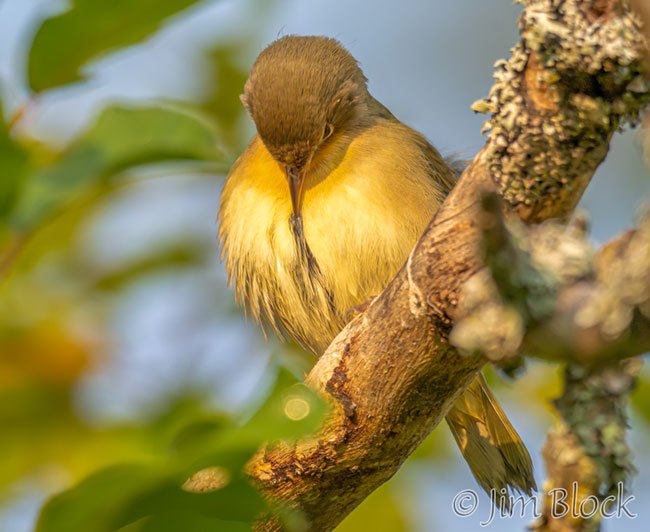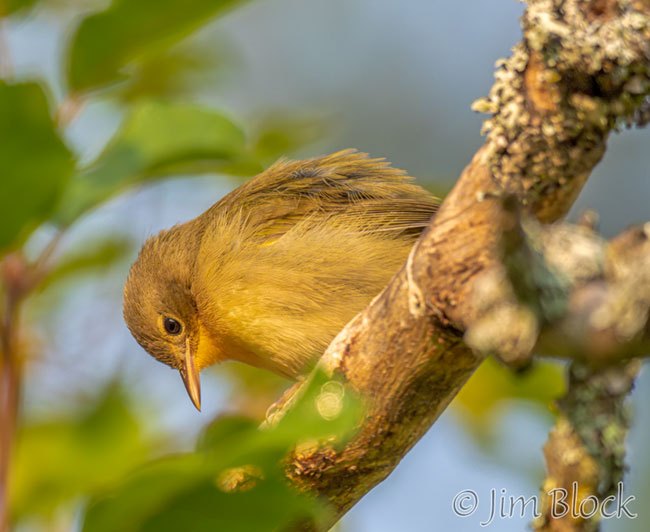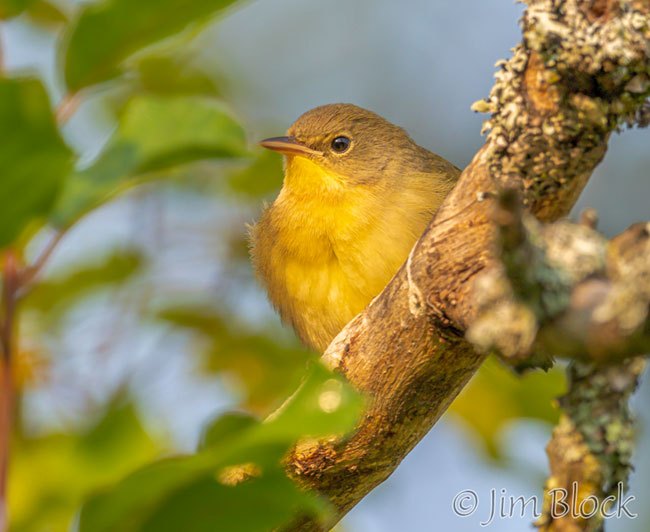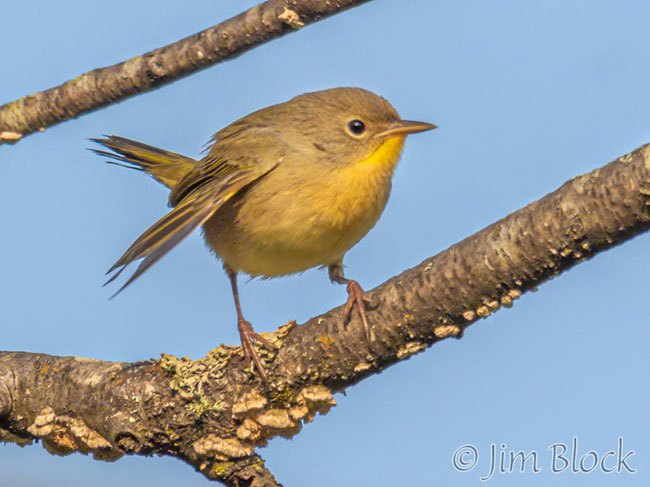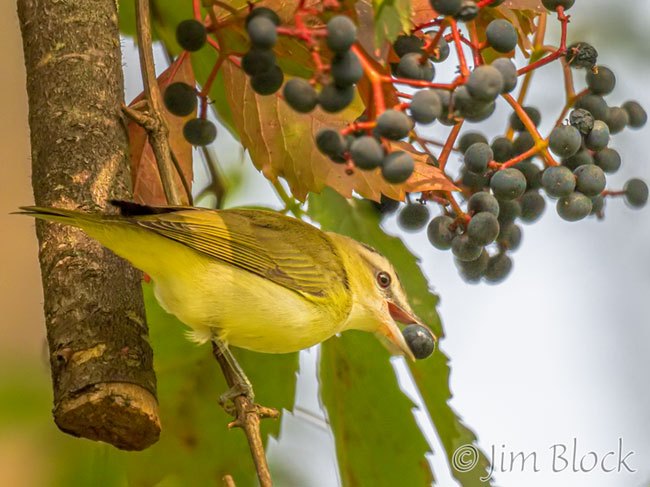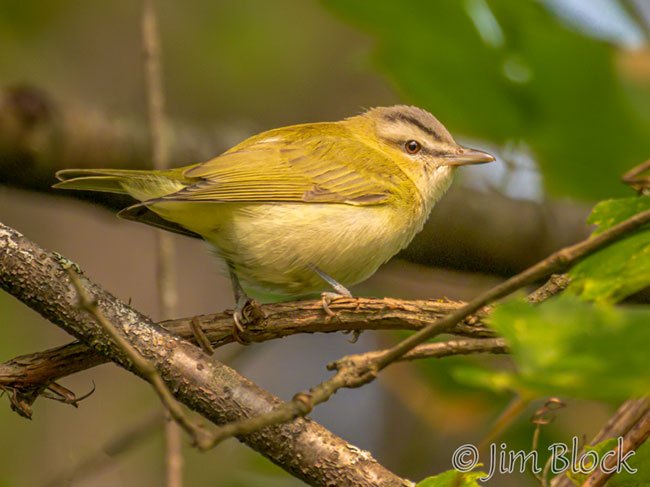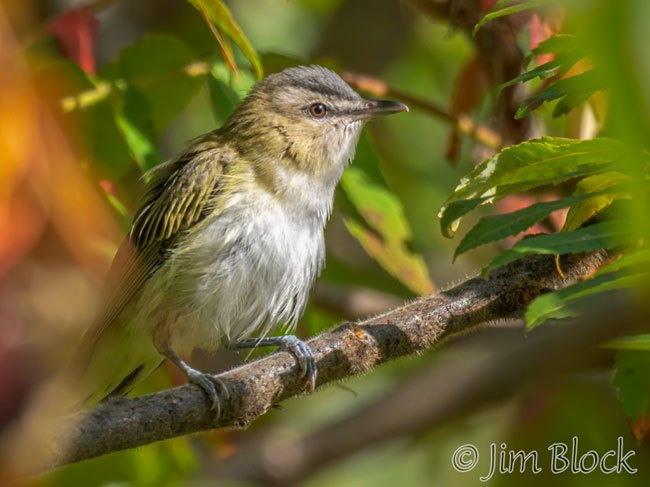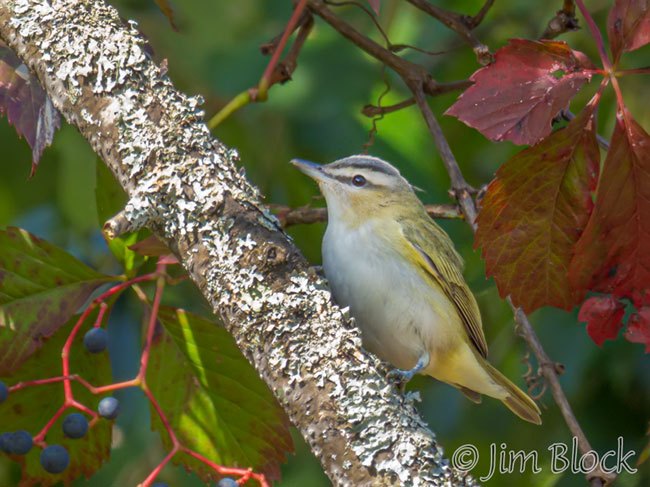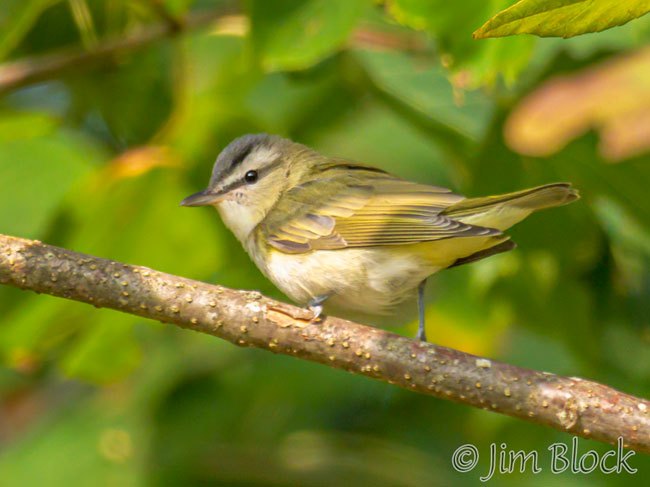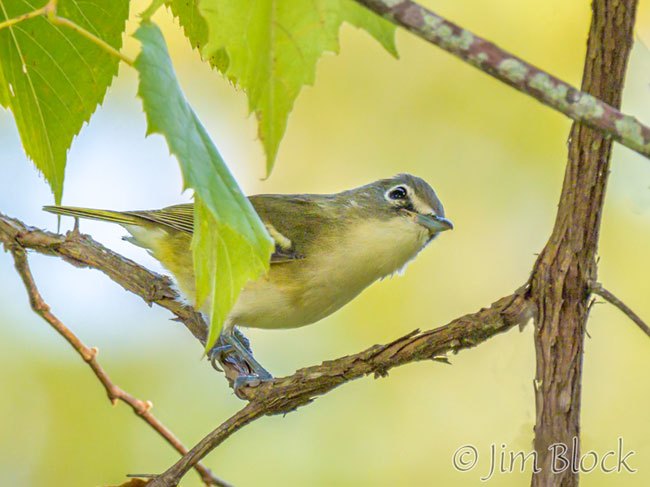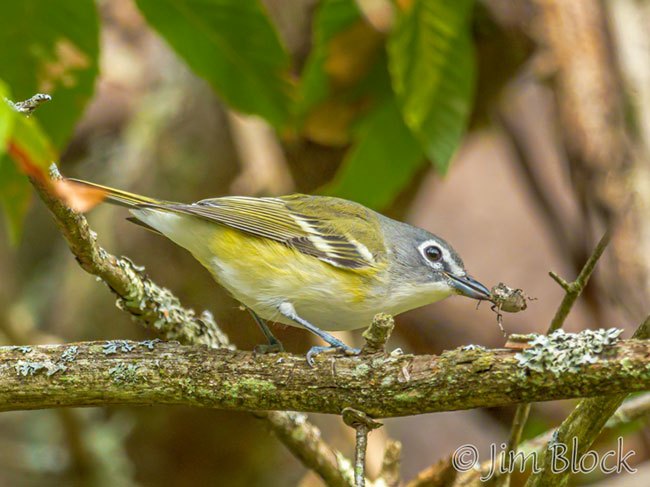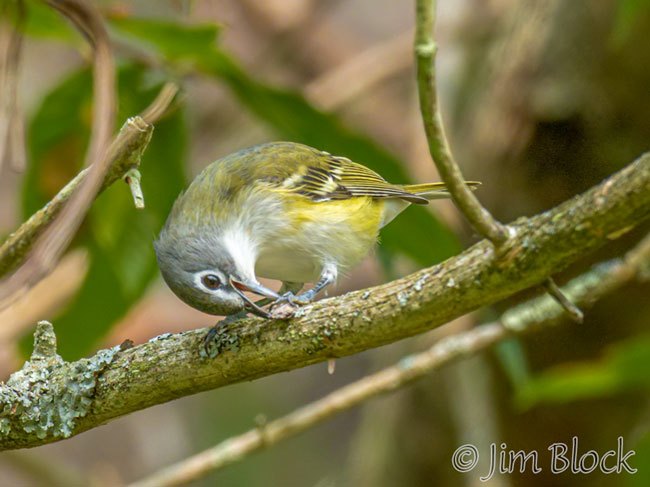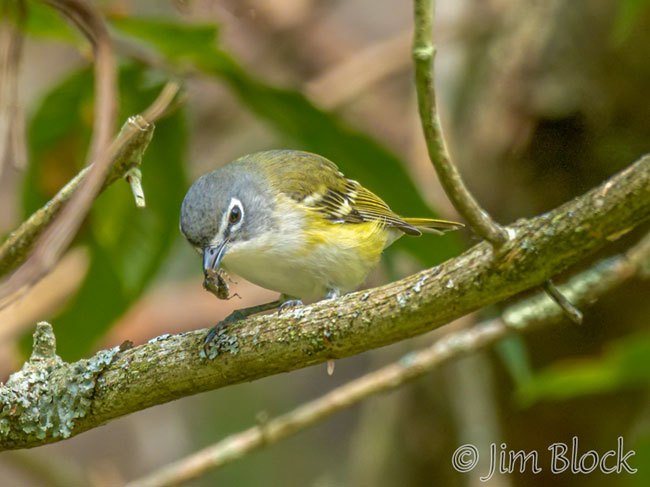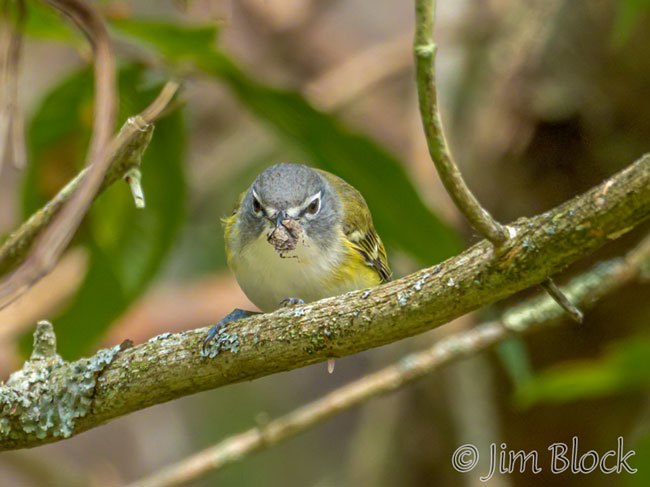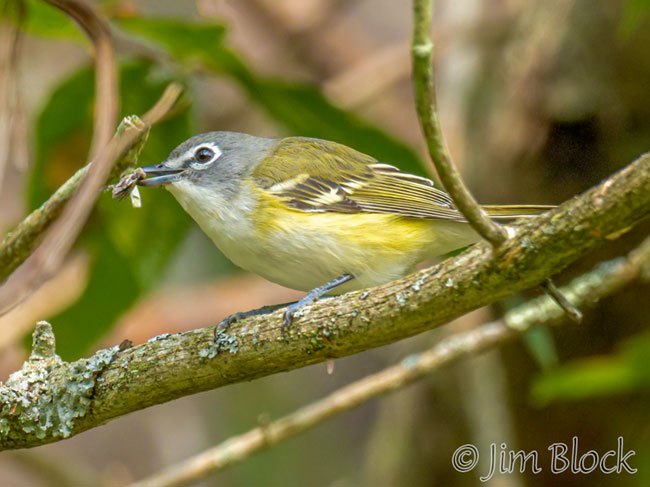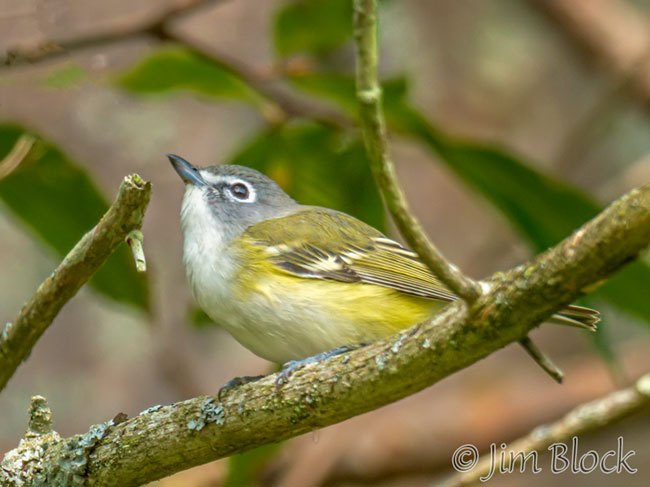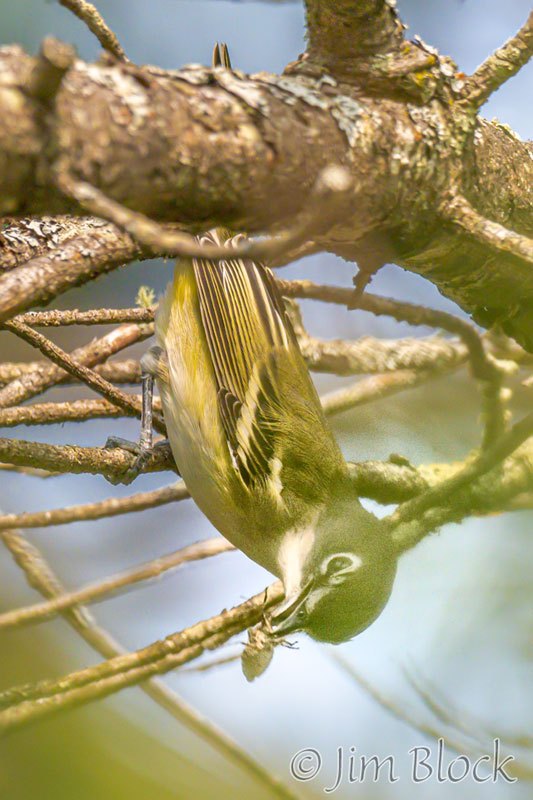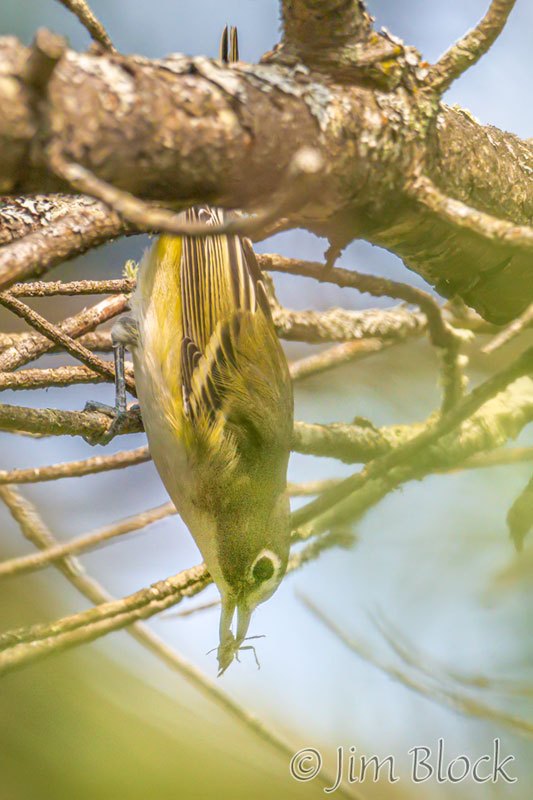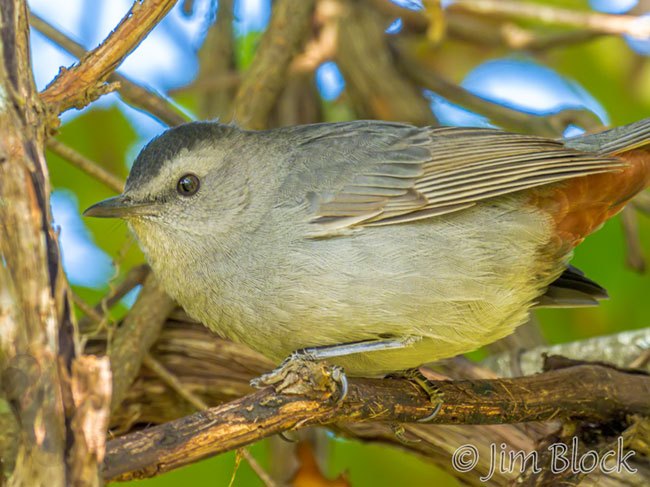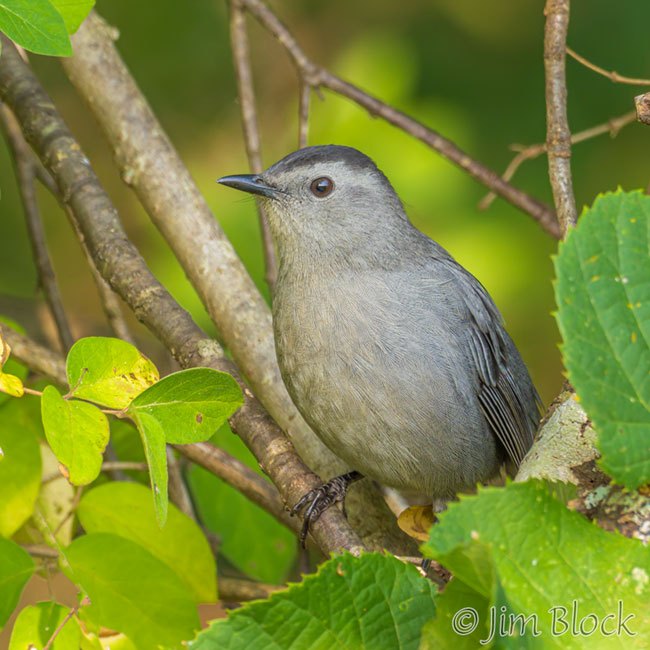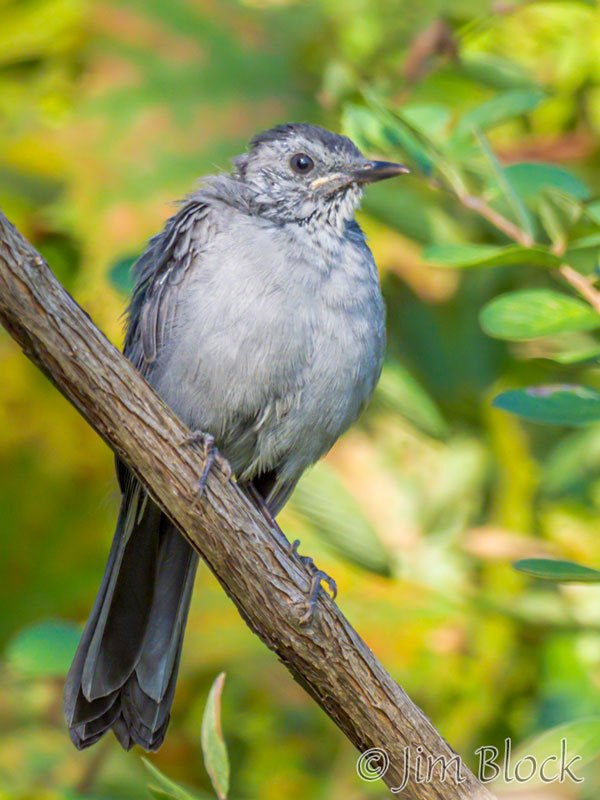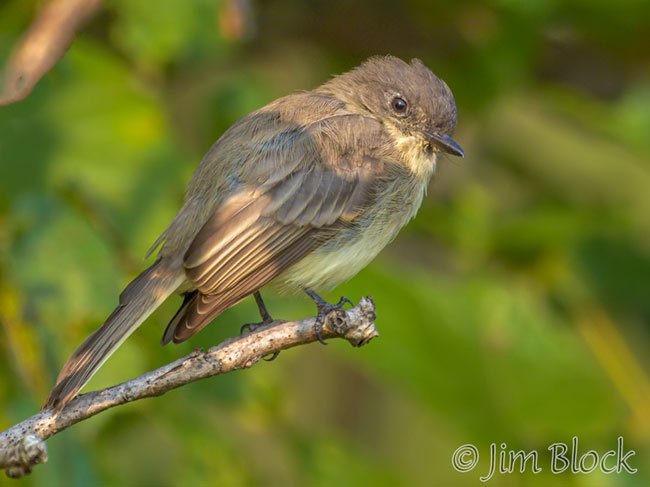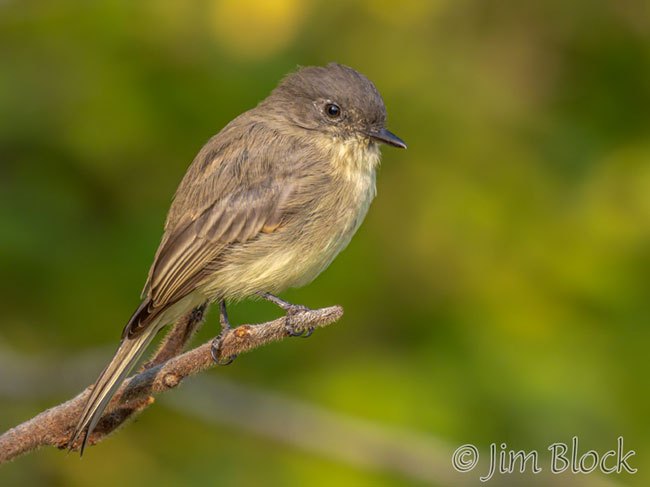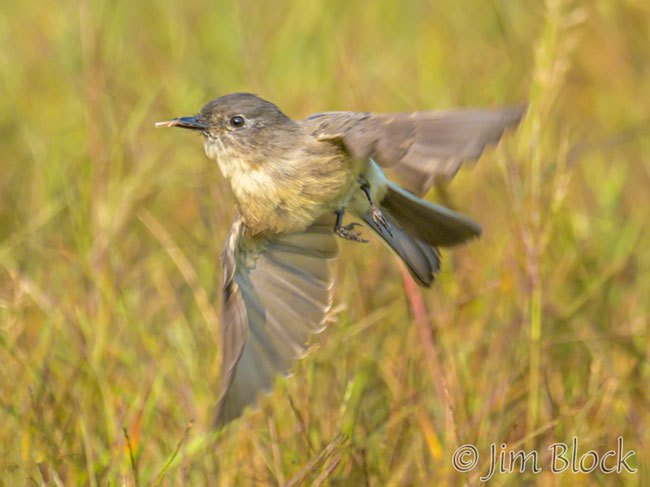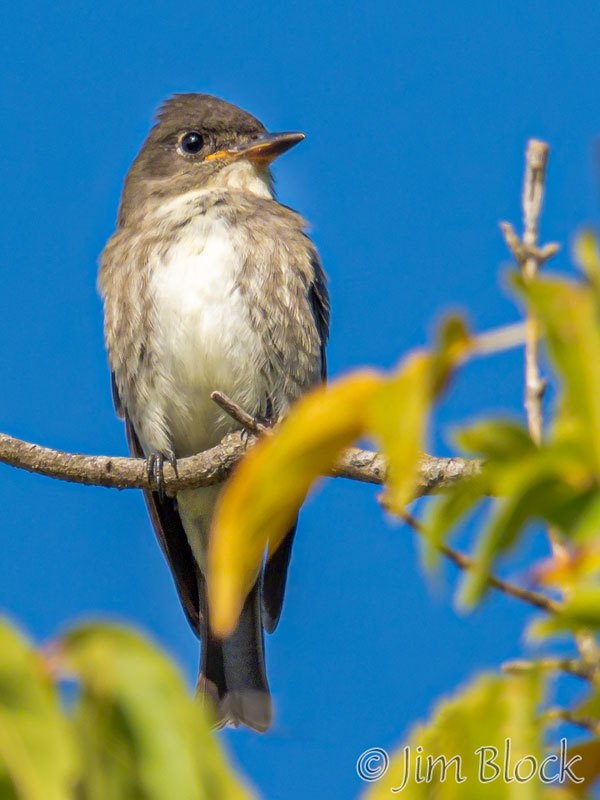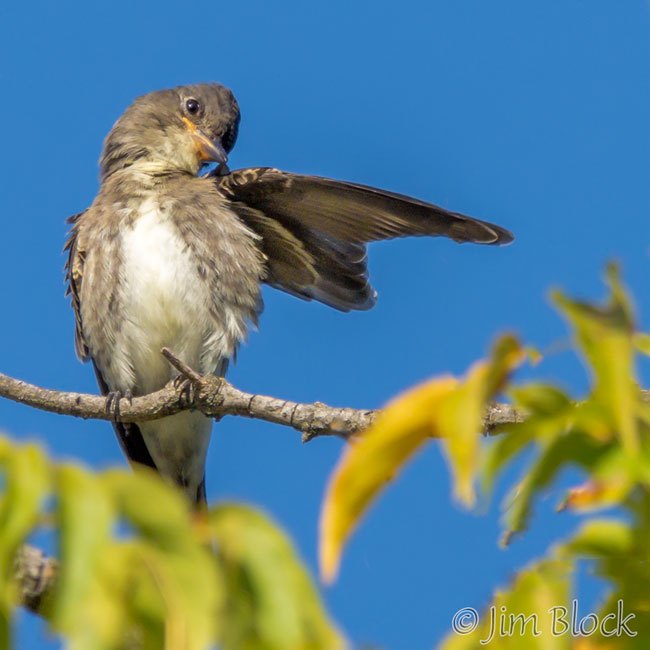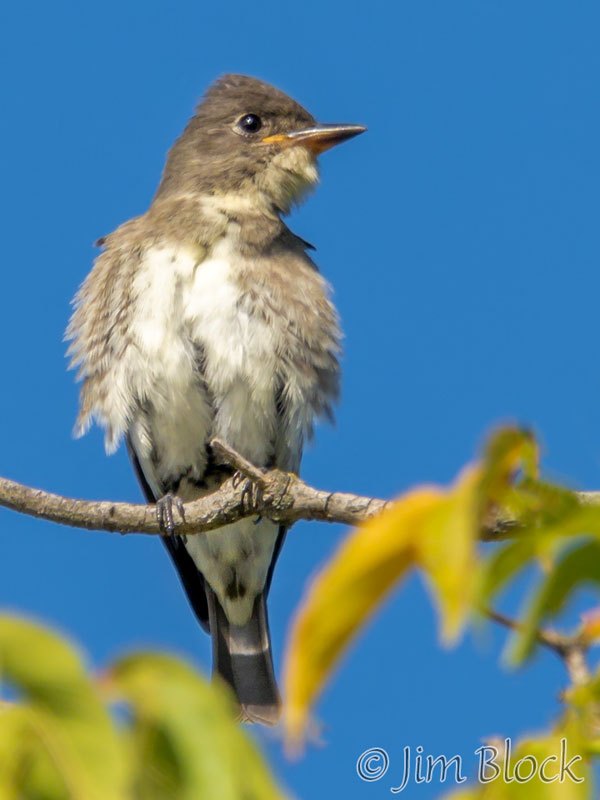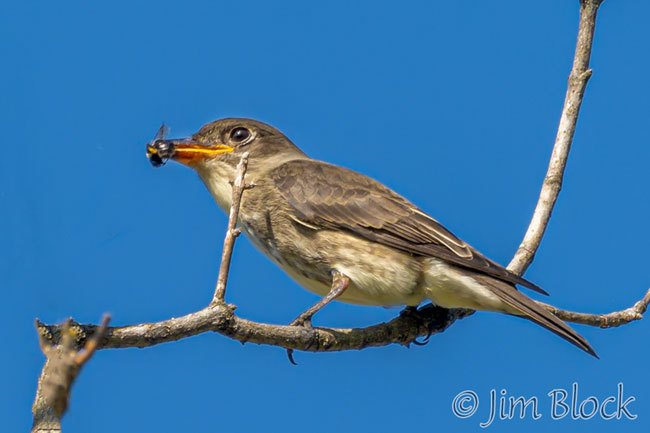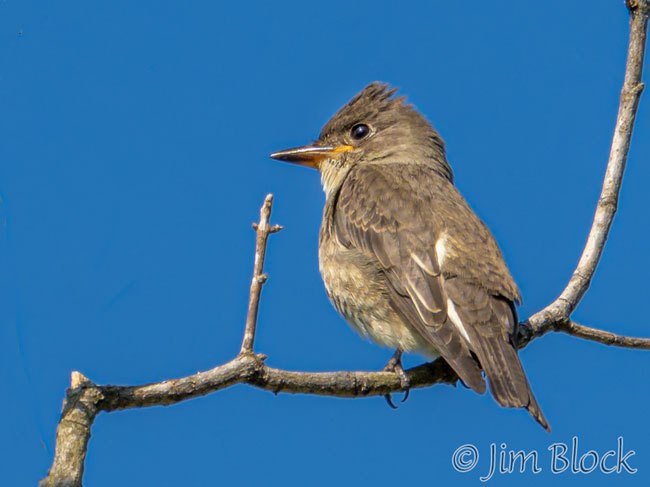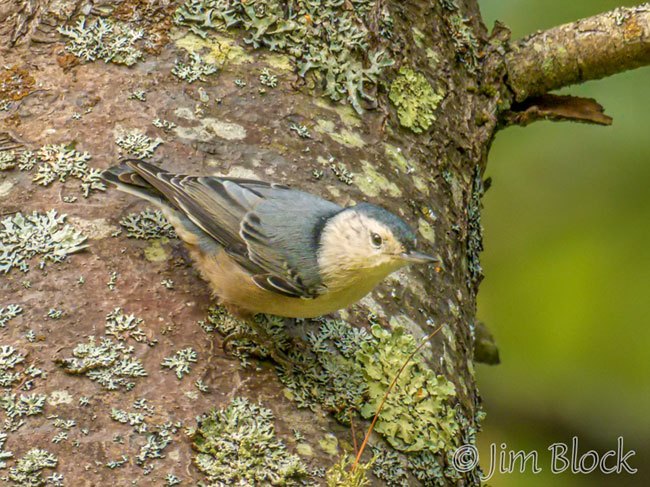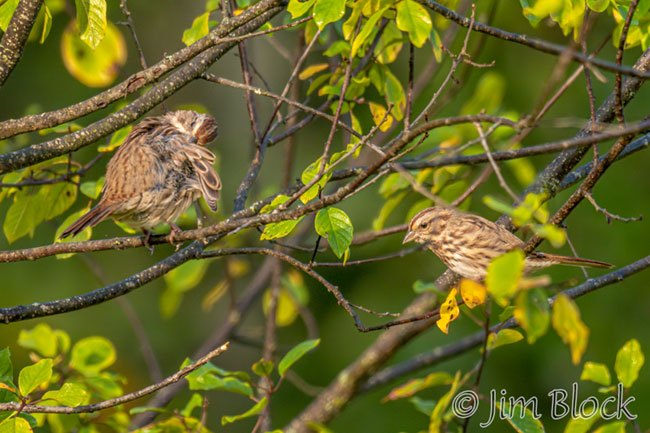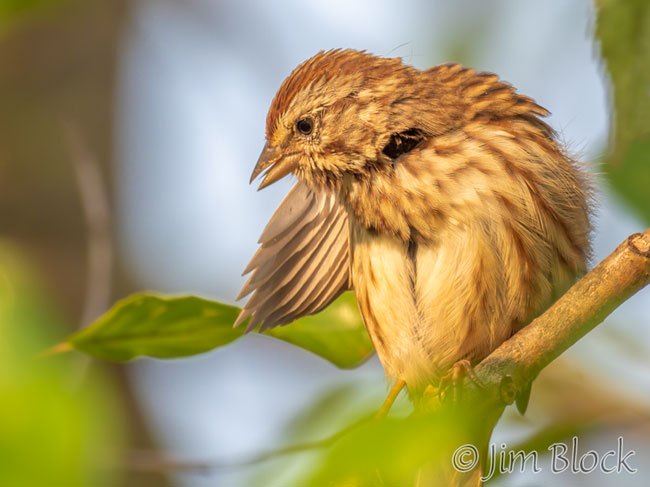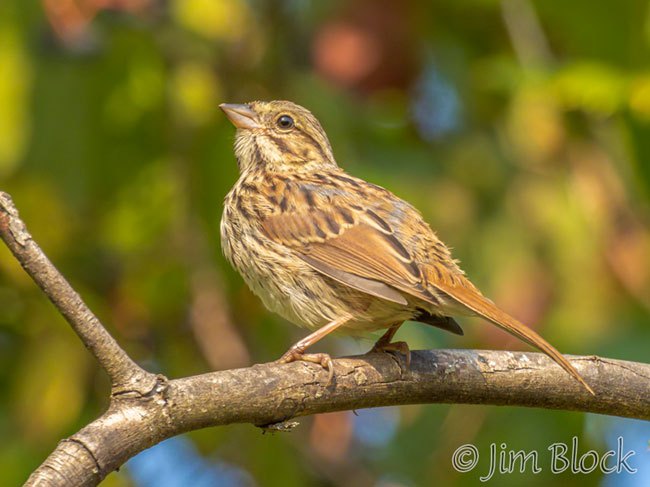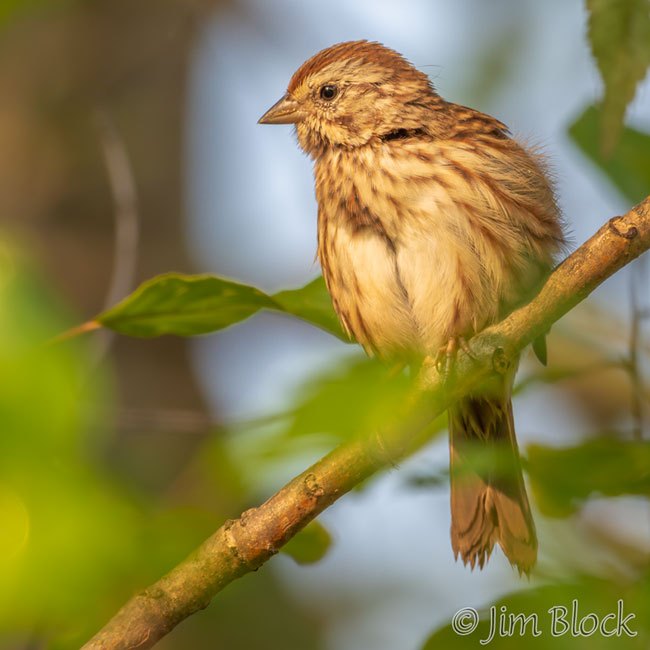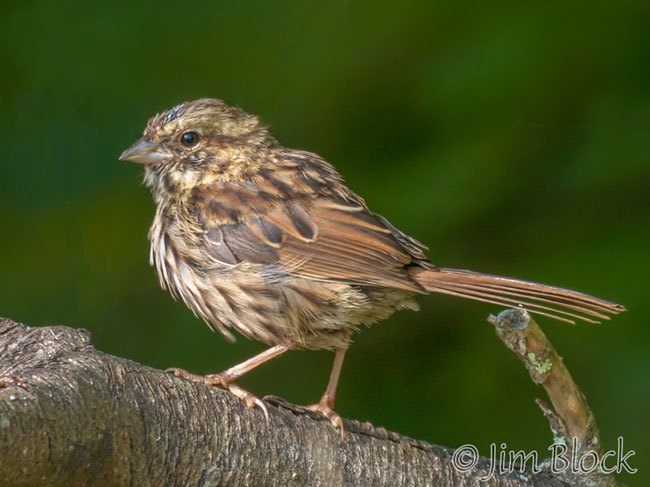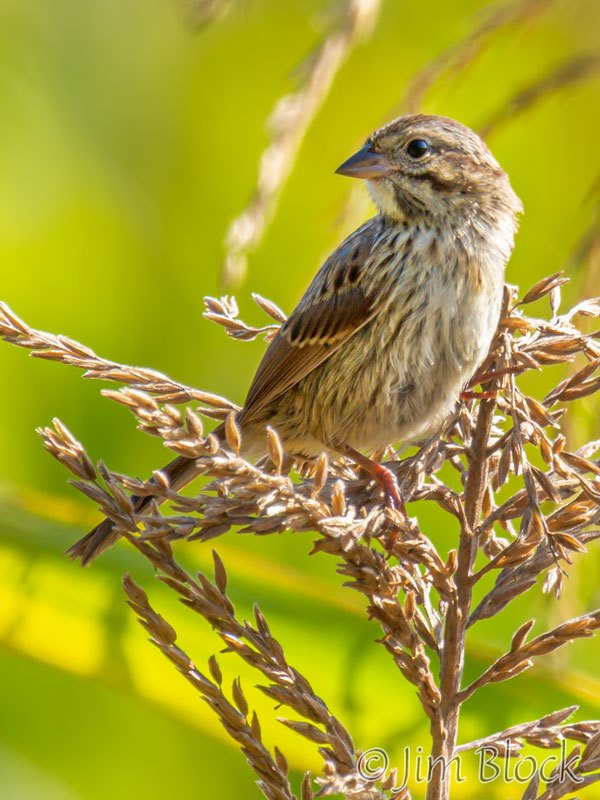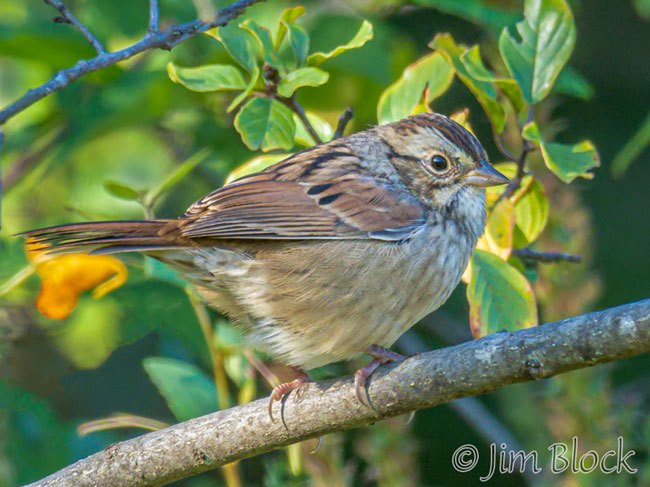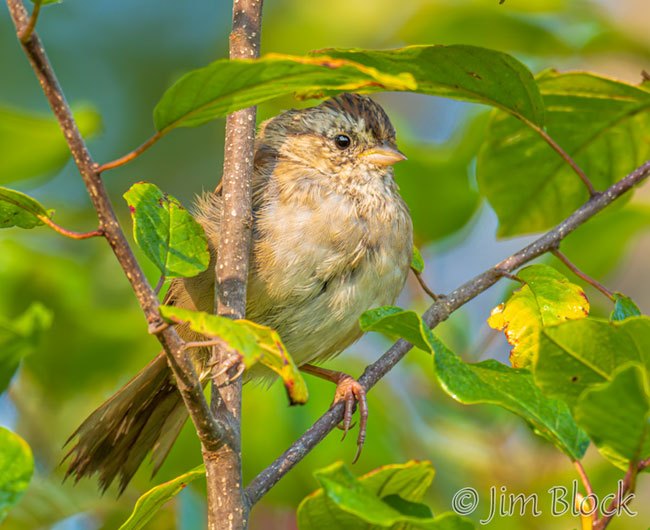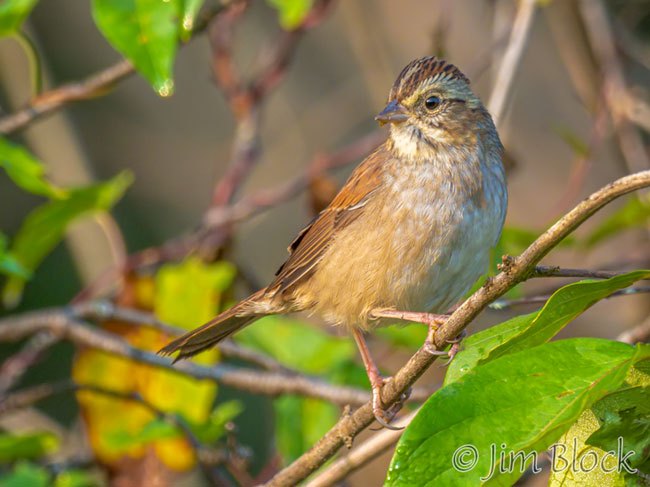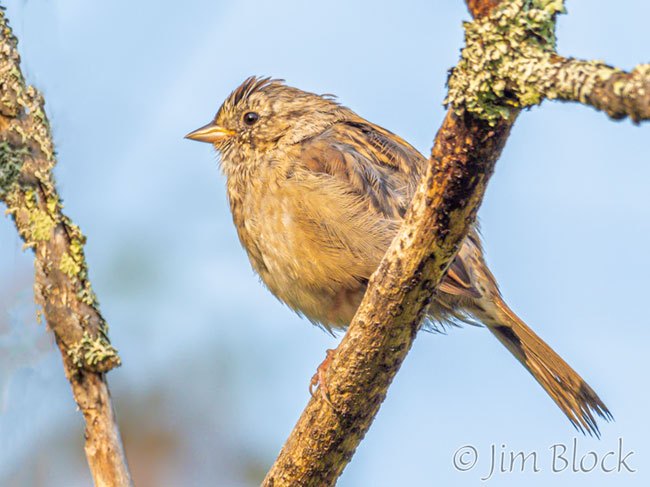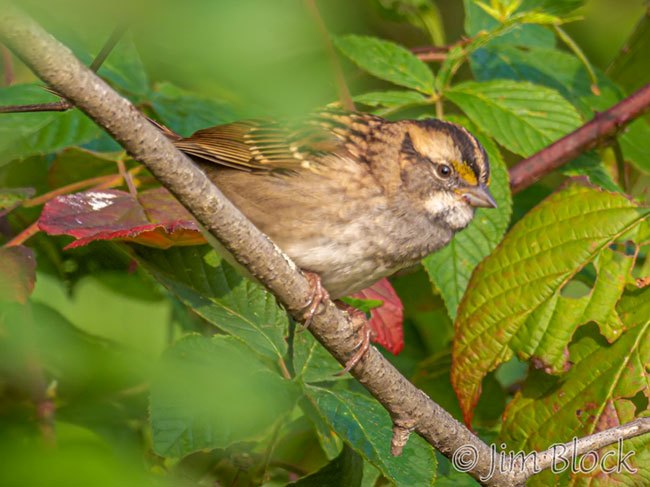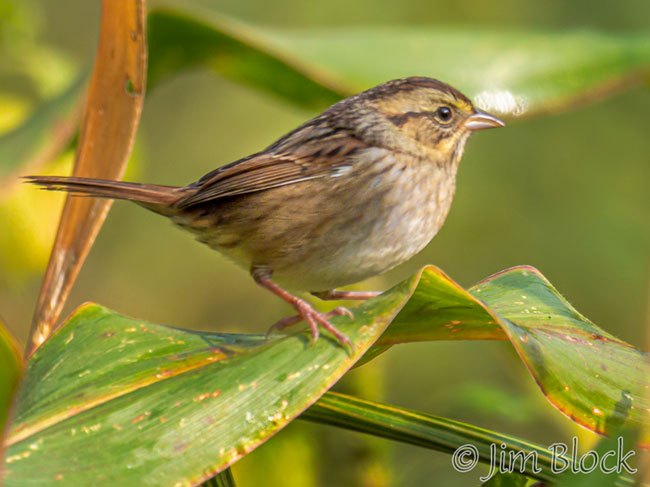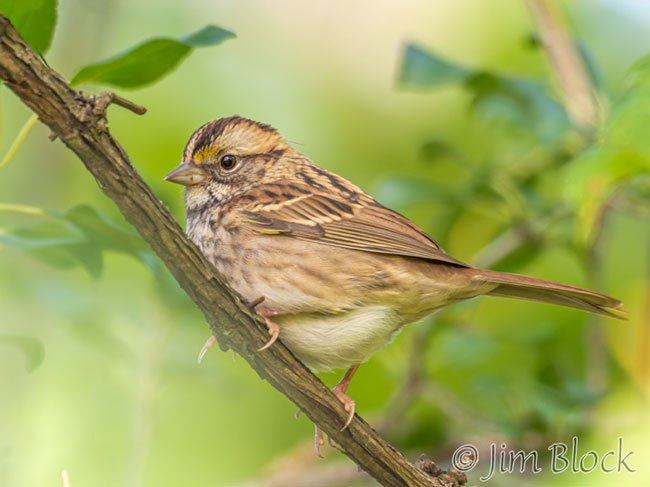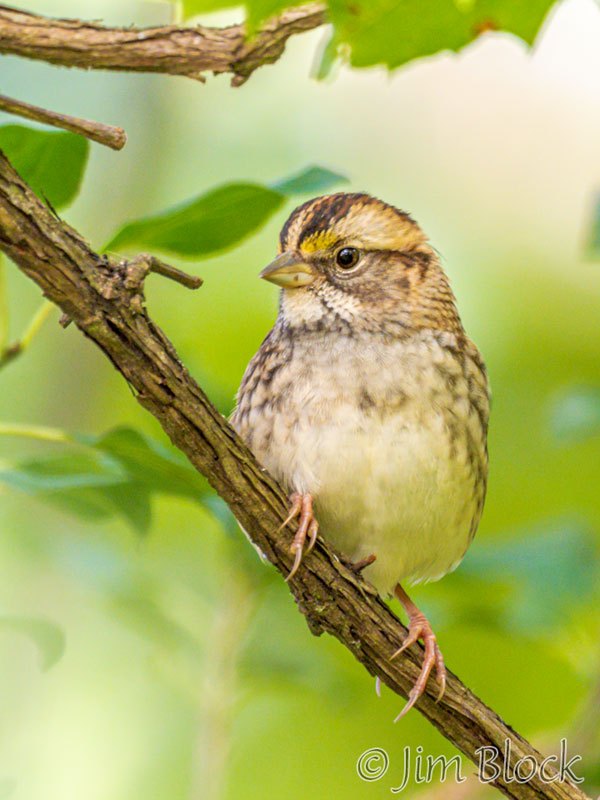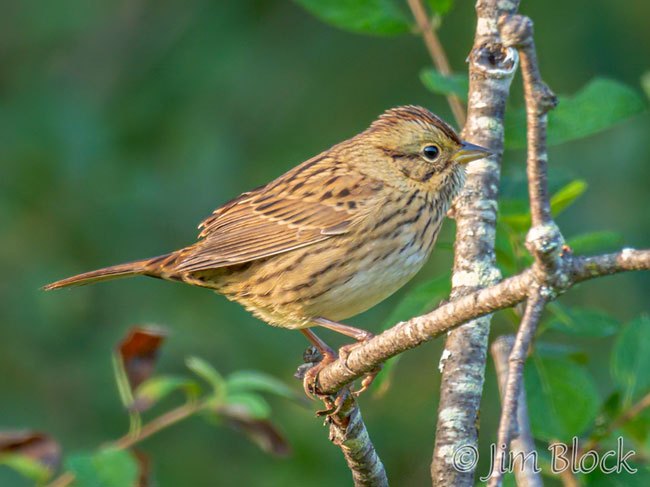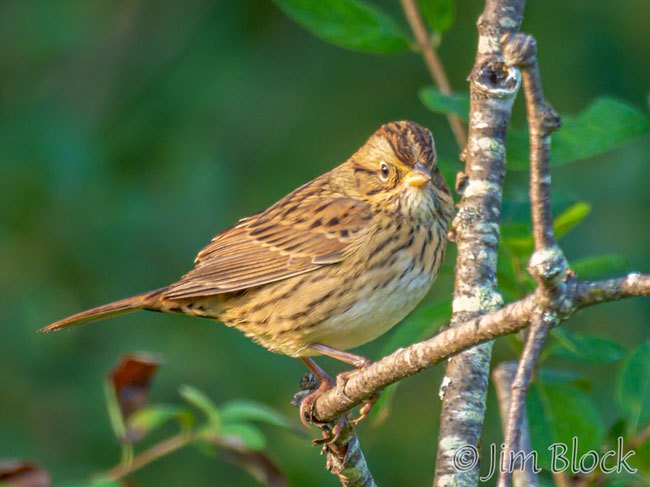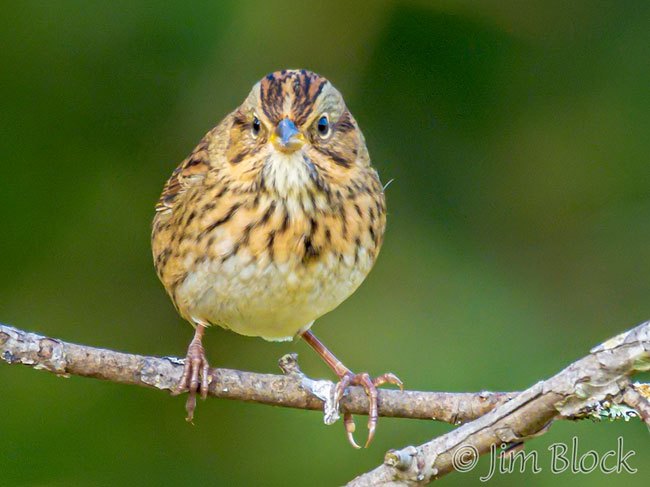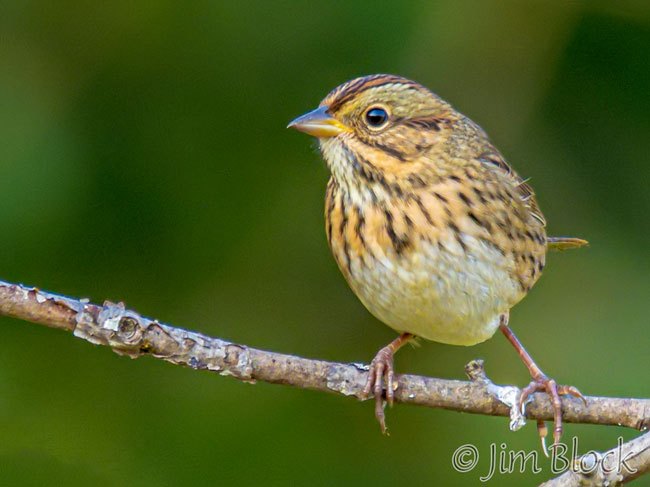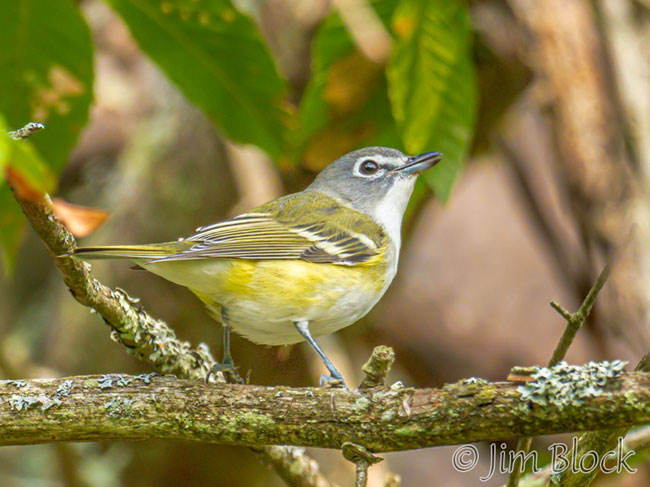
The birds were somewhat scarce at Campbell Flat last week, but what this great Norwich spot lacked in quantity, it made up in quality. I found some very nice species: Wilson’s Warbler, Lincoln’s Sparrows, Olive-sided Flycatcher, and Ovenbirds. And beautiful Blue-headed Vireos, as seen above.
I met some friends there. Chris passed me at the far end of the cornfield before heading to the river for a VCE staff outing. Bill had just concluded an exciting experience seeing many species from a pasture. I met George as I was thinking about leaving but wound up walking with him for 45 minutes.
Let’s start with warblers. I found only four species, but nice ones. I got some marginal photos of an American Redstart, but they are not shown here.
The rarest of the group, and one of my favorite warblers, is the cute Wilson’s Warbler with its black cap.
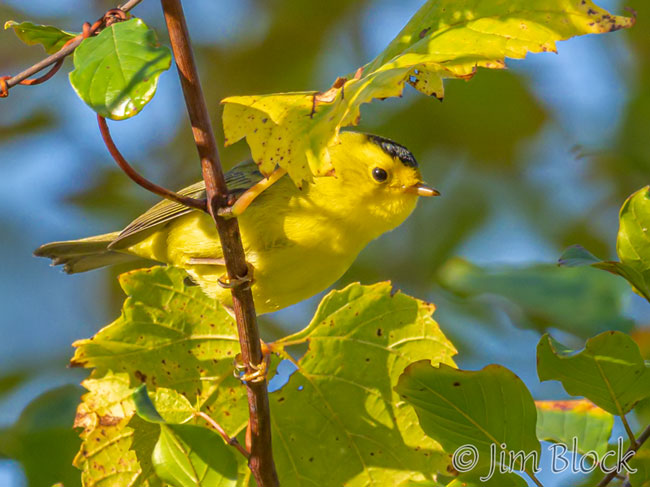
A common warbler, that is much more often heard (teacher-teacher-TEACHER) than seen, is the secretive Ovenbird. When I first photographed one years ago, I thought I had a thrush, but it is a ground-nesting warbler.
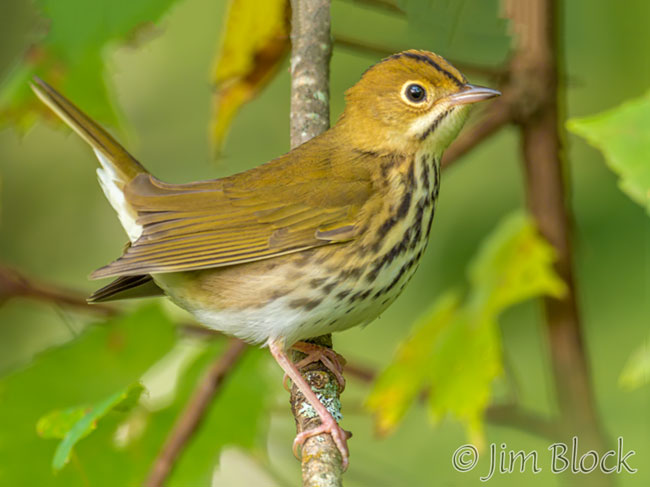

Of the three warblers here, the most common is the Common Yellowthroat. Often found skulking in the underbrush, it is found across the US and Canada. Males have a distinctive black mask, but females and immature males are light brown and yellow. Here is a sequence of one preening and others perching.
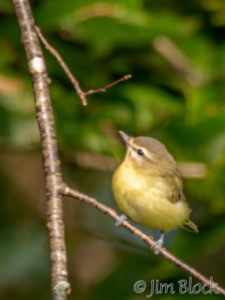
Next up are the vireos. I got a poor shot of a somewhat rare Philadelphia Vireo. I’m only showing a small photo which looks a bit sharper than a larger one.
One of our most common neotropical migrants is the Red-eyed Vireo. However, since it spends much of its life high in the canopy, it is not often seen. But it can be heard singing its monotonous song all summer, even in the middle of hot days.
Perhaps the most beautiful of the vireos is the Blue-headed Vireo. The bird was often working on an insect when I found it.
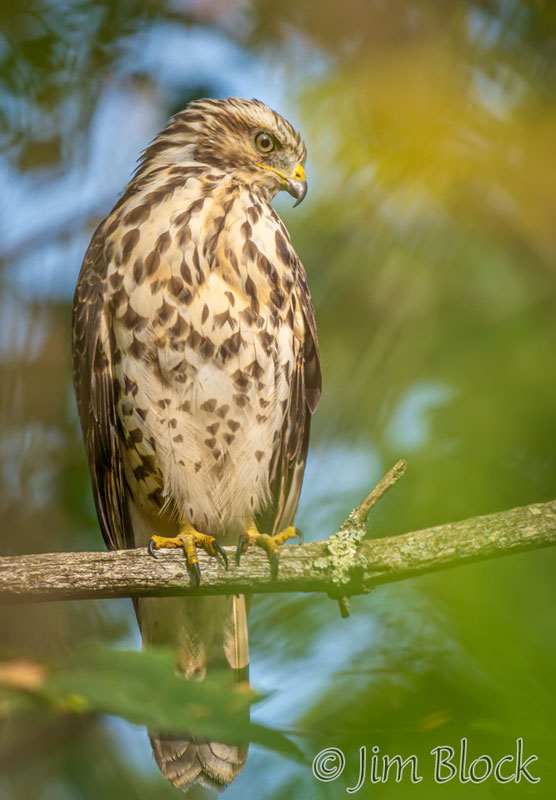
I saw a raptor fly into the woods. I slowly moved to try to get a semi-clean shot through branches and leaves without flushing it. This is where shallow depth-of-field can help an image.
Three expect birders have offered opinions on the species of this hawk. All agree it is immature. I’m going with Broad-winged Hawk rather than the other possibilities of Cooper’s and Red-shouldered.
Interestingly, when I submitted this photo to iNaturalist, six of its first seven suggestions were hawks not found in the Upper Valley. Broad-winged was its fourth “guess”, and Red-shouldered its eighth. Normally iNaturalist does a great job with identifications. I guess immature hawks are tough. They certainly are to me, but then most hawks are.
A very common, fairly plain, but yet beautiful bird is the Gray Catbird. I love its rufous undertail covets, a “red butt” for nonbirders. And it has a black cap like a Wilson’s Warbler.
Another very common bird is the Eastern Phoebe. Conspicuous for its tail wagging, I managed to get one grabbing an insect off the ground.
A relatively rare species for the Upper Valley is the Olive-sided Flycatcher. George Clark spotted one and identified it for me. I certainly wouldn’t have been able to identify it if I had even spotted it. This species likes to sit high up on leafless branches. This day it certainly did that before a brilliant blue sky.
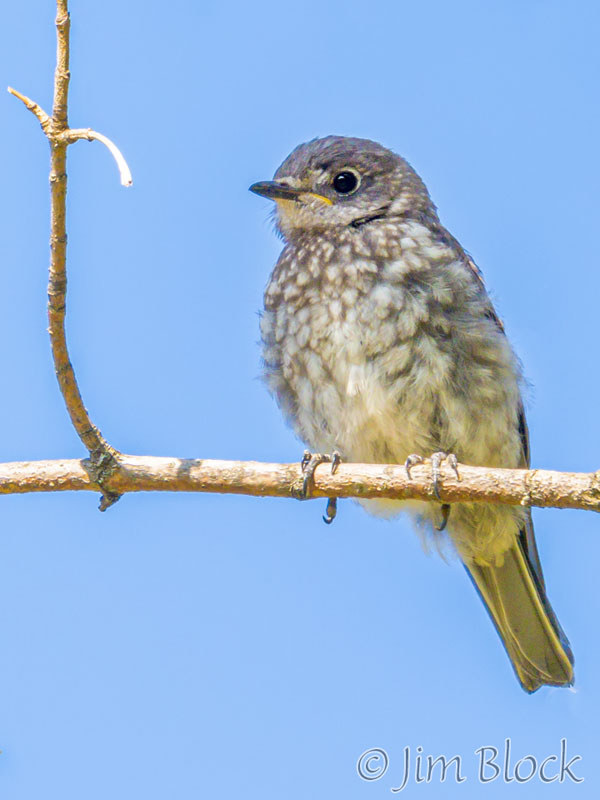
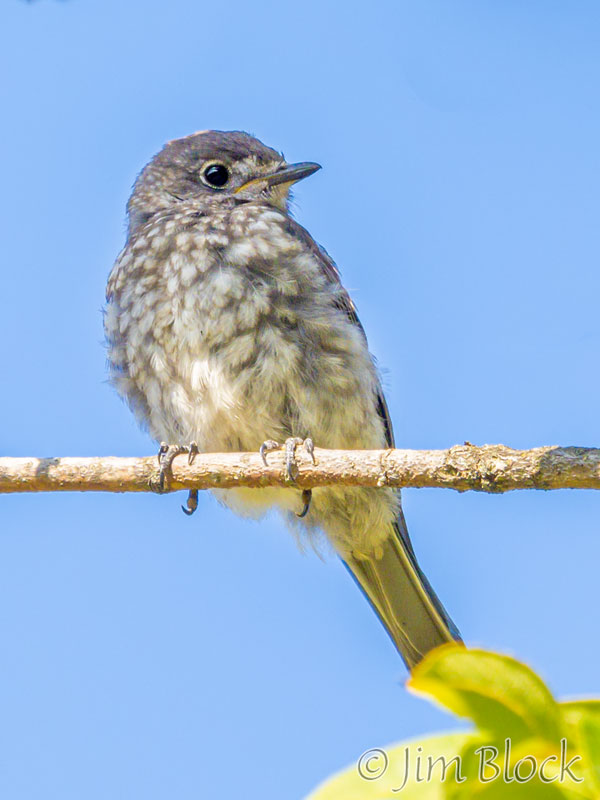
What is that funny spotted bird above? It is common, but I did not recognize it. I had to ask George. It is an immature Eastern Bluebird.
High overhead and down very low were two immature birds, one huge and the other tiny.
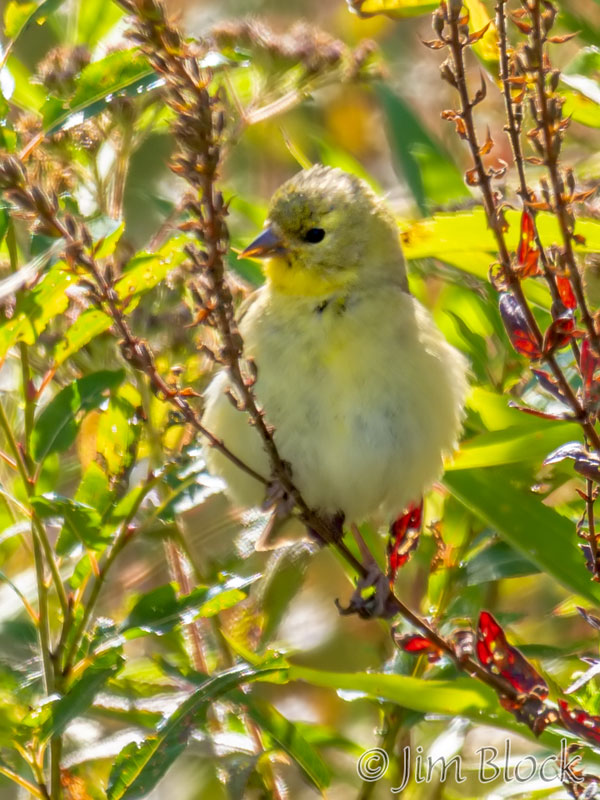
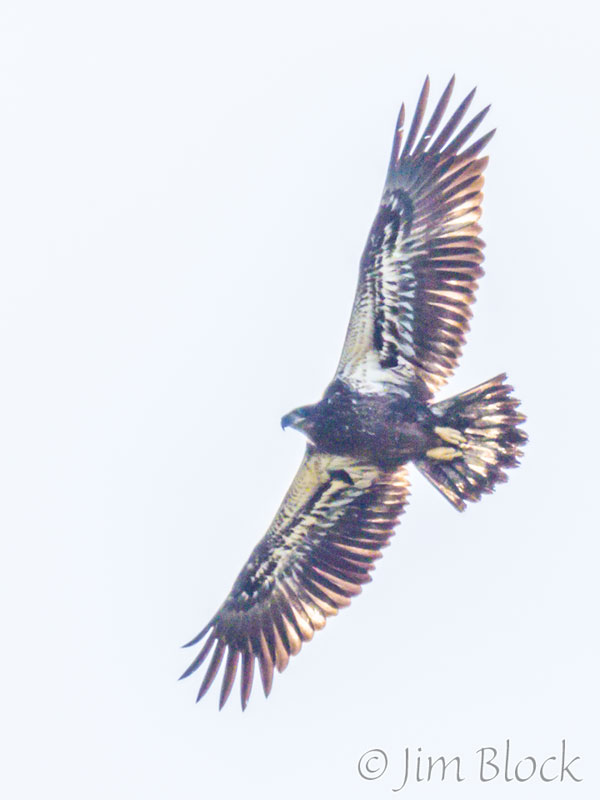
They were a Bald Eagle and an American Goldfinch. I don’t think I have to tell you which is which.
I found some White-breasted Nuthatches.
The male of the species below is easy to identify in summer, but the female is not as colorful. It is an Indigo Bunting.
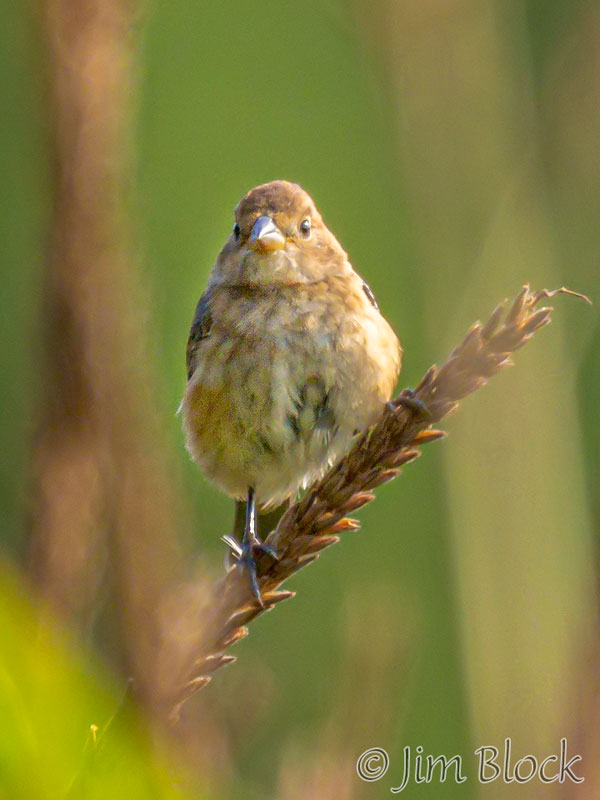
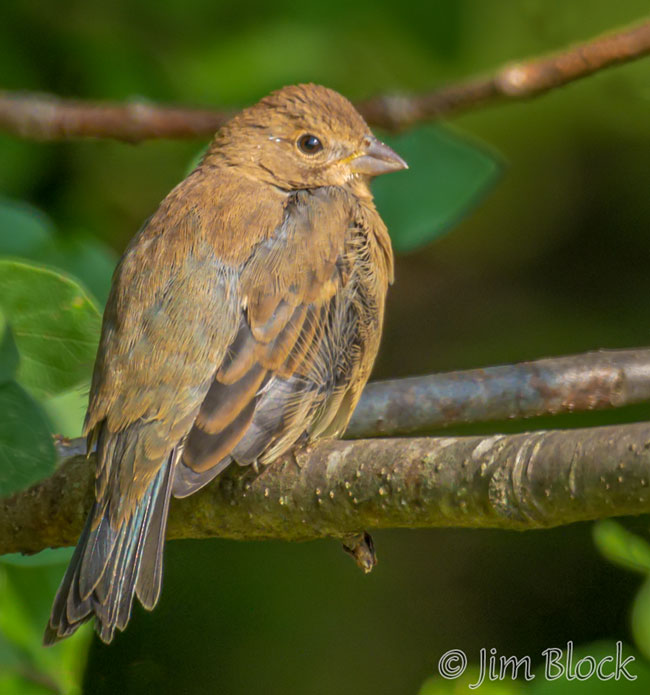
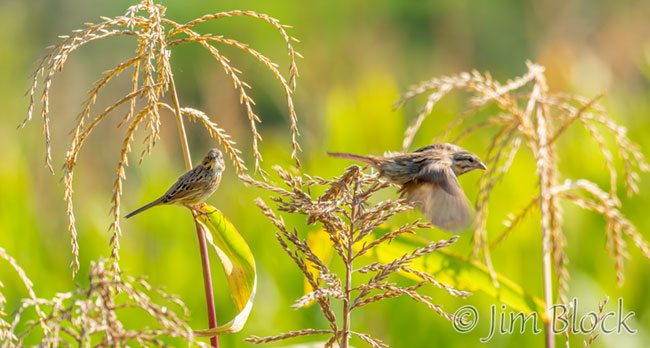
We finish with ever-present sparrows. The ones above and in the slide show below are the very common Song Sparrows.
During an earlier visit this fall I did not find any Swamp Sparrows. But they were out in numbers recently.
Here are very similar looking White-throated Sparrows. I have Chris Rimmer to thank for helping me sort out these two species. If some IDs are wrong, it is my fault.
Last, but certainly not least, are beautiful and fairly rare Lincoln’s Sparrows.
Campbell Flat in Norwich is certainly a great spot. Maybe I’ll make another trip or two before returning in spring when the birds come back.
If you would like to see Part 1 from Campbell Flat, you can CLICK HERE.
If you would like to get an email notification whenever I publish a new blog, you can subscribe at the top right of this or any individual blog page.

